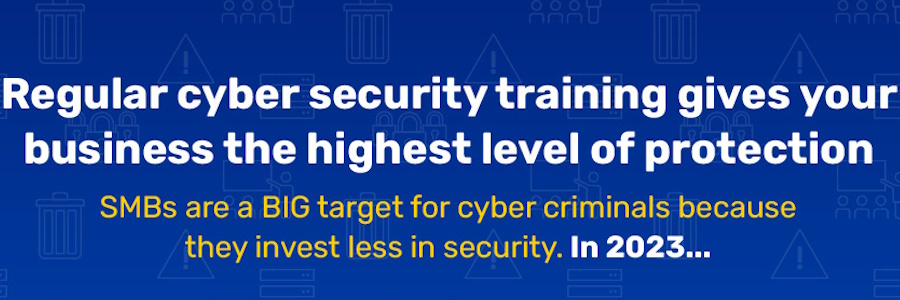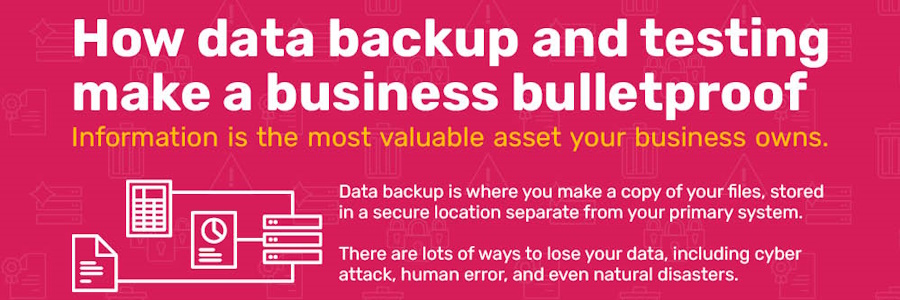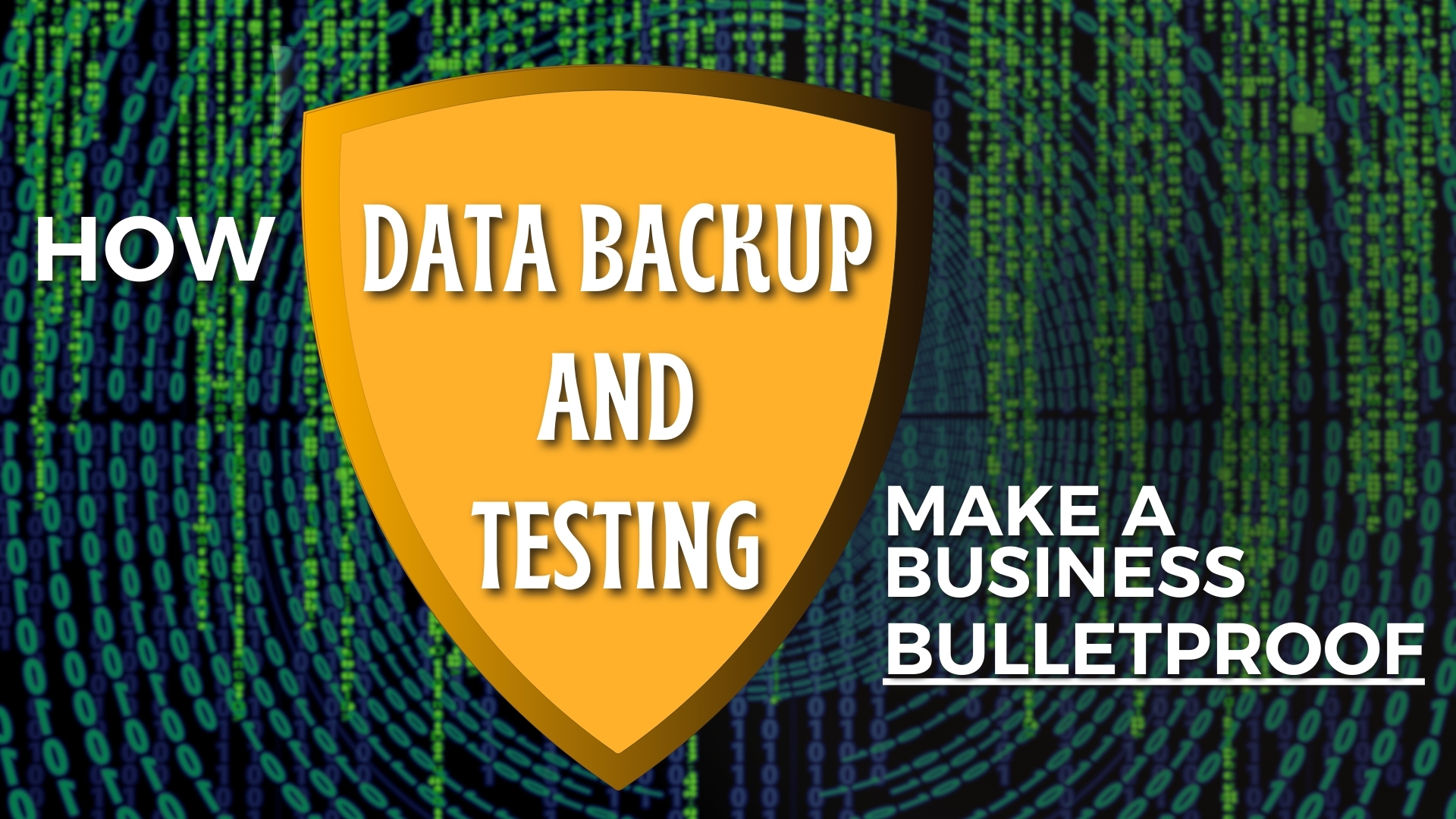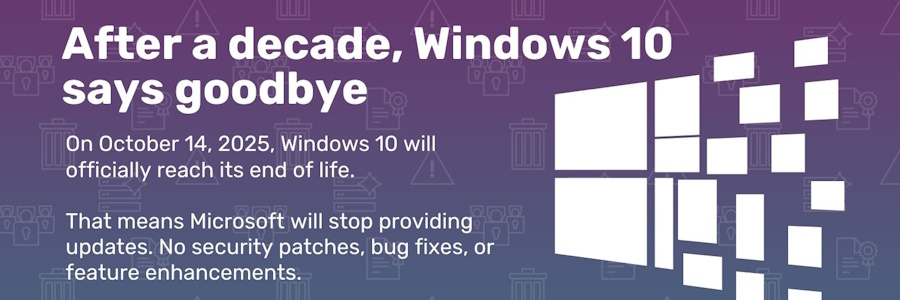Have you updated to the latest version of Windows 11 yet? If not, it’s time to act – Microsoft has announced when it will end support for older versions (and it’s soon!).
Florida Mayor Cyber Attack

Cybersecurity Training

When you think of cyber security you might automatically think it’s a problem for IT support.
But in reality, it’s something that every single person in your business should be responsible for.
Why? Because a cyber attack can catch anyone out at any time.
Cyber security isn’t just a problem for IT

Cyber criminals target all businesses all the time.
That means you and your team will be better protected if you make security a whole business concern, and not just an “IT thing”.
Every single person in your business should understand the risks, and importantly, how to avoid them.
Cyber crime is always evolving. You should be too

More businesses are seeing the value of cyber security training, and that’s great.
But still too many view it as a one-and-done exercise.
If there’s one thing we know about cyber crime, it’s that it’s constantly evolving. And that means if you want to stay up to date on the latest threats, your training needs to be regular.
POSSIBLY THE BIGGEST IT OUTAGE EVER
Possibly the biggest IT outage ever, caused unprecedented disruptions across the world, impacting flights, banks and other major institutions on Friday July 19.
Alan was interviewed by WPTV and said he'd never seen an outage of this magnitude.
It was massive and we were lucky, he said.
Data loss? Save yourself a mighty headache

What would you do if all your business data just… disappeared?
Maybe panic. Maybe stare at the screen in disbelief.
But if you’re wise, you’ll have a safety net in place, in the form of reliable and tested data backup. Which would mean you can restore your data quickly, without too much disruption.
Without your data you wouldn’t have a business.

It includes everything from customer and employee files to project data, and even your financial information.
But it’s too easy to lose – and happens more than you might think.
Here are some scary data loss stats, and the easiest solution to keep your data safe…
All your data’s gone. What now?

You log on to your computer and find… nothing. No customer data, no project files, no financial information. It’s all gone.
That’s a terrifying thought for any business, and it’s more common than you’d believe.
After a decade, Windows 10 says goodbye

On October 14, 2025, Windows 10 will officially reach its end of life.
That means Microsoft will stop providing updates.
No security patches, bug fixes, or feature enhancements.
Running an unsupported operating system puts your computer – and business – at risk.


